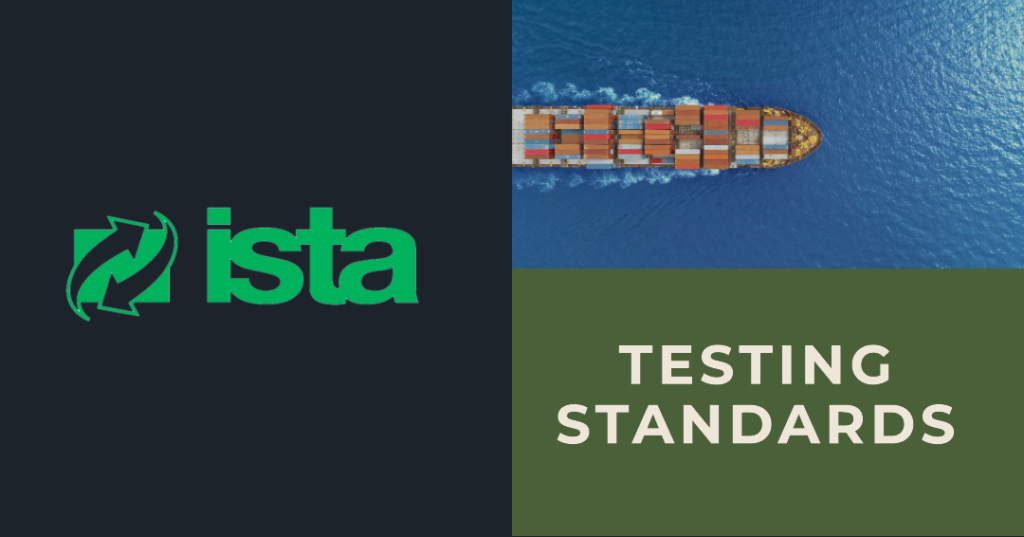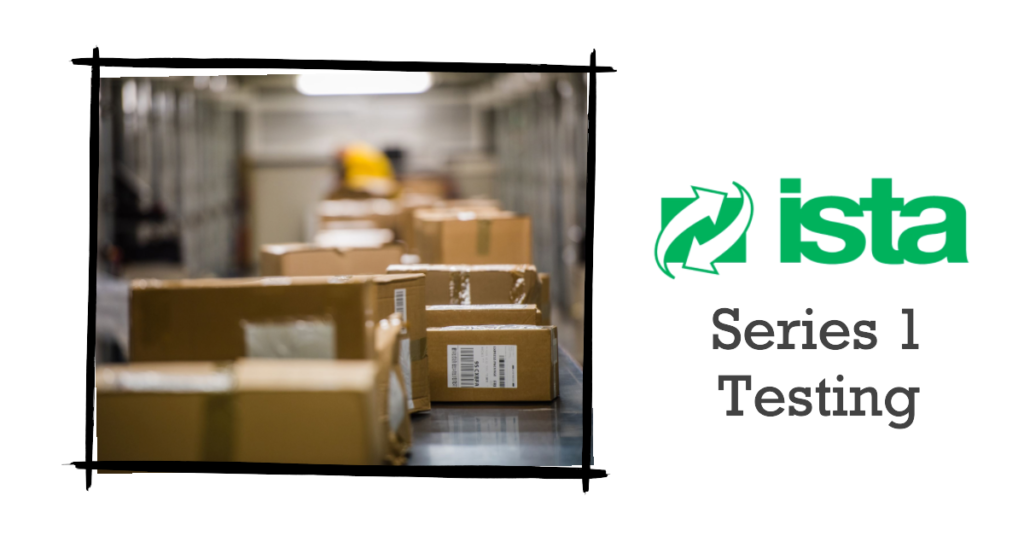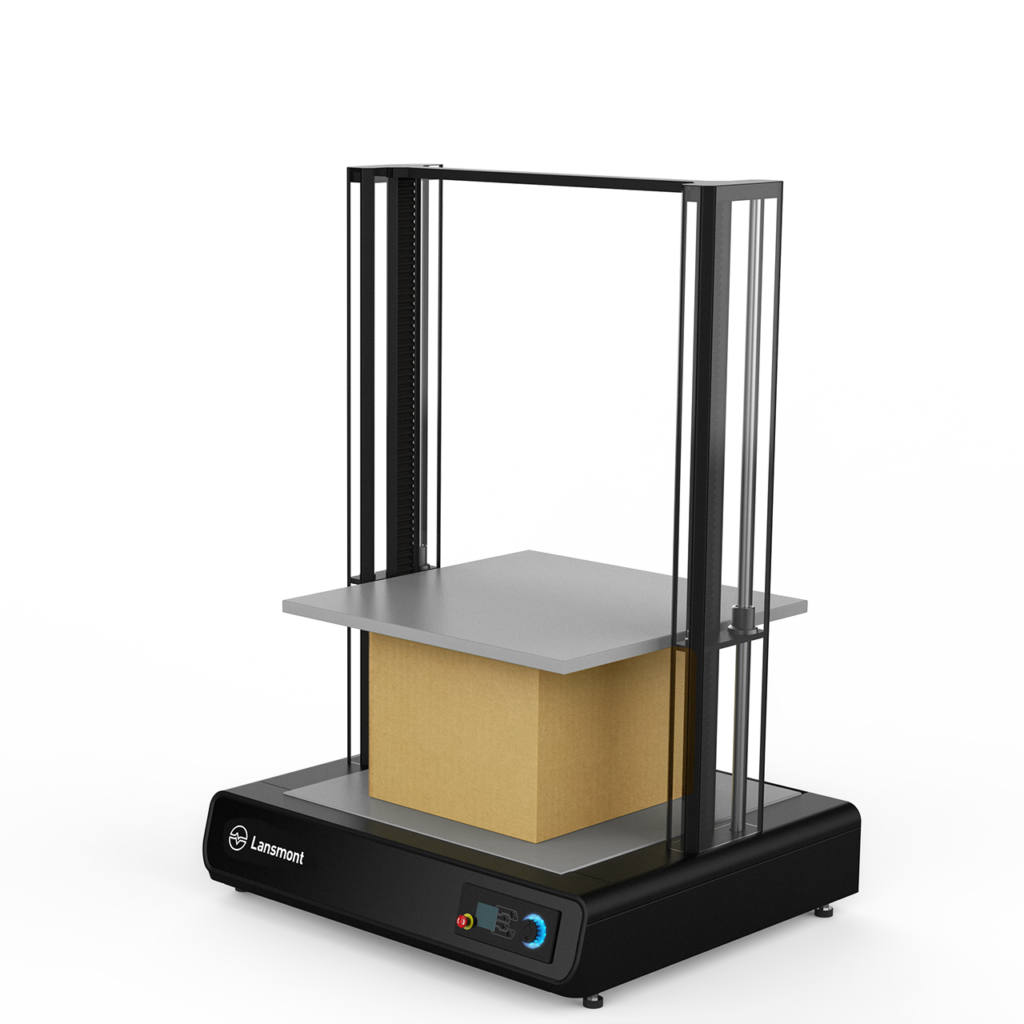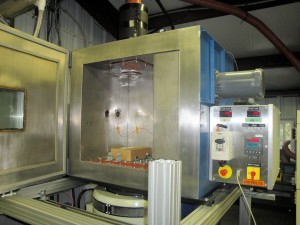
In today’s globalized world, products are shipped across continents, facing numerous challenges during transportation. From rough handling to extreme temperature fluctuations and vibration, packages must endure a multitude of hazards to ensure that the products inside reach their destinations in good condition. This is where the International Safe Transit Association (ISTA) package testing standards come in. These comprehensive and rigorous ISTA testing procedures have been developed to help manufacturers and distributors evaluate the performance and durability of their packaging and products during transportation, minimizing potential damage and ensuring a positive customer experience.
Benefits of Adhering to ISTA Packaging Standards
ISTA packaging standards encompass a wide range of procedures, each designed to assess various aspects of packaging performance under different conditions. These standards provide numerous benefits to businesses, consumers, and the environment. By adhering to ISTA testing standards for packages, manufacturers and distributors can:
- Enhance customer satisfaction: When products arrive in good condition, customers are more likely to be satisfied with their purchase, increasing the likelihood of repeat business and positive reviews.
- Reduce product damage and returns: Properly tested packaging helps to prevent product damage during transit, reducing the need for returns, replacements, and refunds. This, in turn, can lower operational costs and improve a company’s bottom line.
- Minimize environmental impact: By ensuring that packaging materials can withstand transportation hazards, companies can reduce waste generated from damaged products and discarded packaging. They can also test various package designs to optimize the amount of materials required. This contributes to a more sustainable supply chain and a reduced carbon footprint.
- Improve supply chain efficiency: ISTA testing standards for packages enable businesses to identify weaknesses in their packaging and make necessary improvements. This leads to a more efficient supply chain, with fewer delays and disruptions caused by damaged products.
- Facilitate global trade: ISTA testing standards for packages are recognized and accepted worldwide, ensuring that products can be shipped safely and securely across international borders. This promotes global trade and helps companies to access new markets.
- Streamline regulatory compliance: Adhering to ISTA testing standards for packages can help businesses meet national and international packaging regulations and requirements. This simplifies regulatory compliance and reduces the risk of penalties and fines.
- Foster innovation: ISTA testing standards for packages encourage manufacturers to develop new and innovative packaging materials and designs that can better withstand transportation hazards. This promotes technological advancements and drives the packaging industry forward.
Different Types of ISTA Tests: A Comprehensive Overview
ISTA has organized its test procedures into several series, each with unique characteristics and purposes. These series of ISTA packaging testing standards include:
Series 1 Tests: ISTA 1 Series tests are package integrity performance tests not meant to simulate environmental occurrences. They are simple and inexpensive screening tests used to evaluate whether problems in shipment or product damage will occur. ISTA Series 1 tests are useful to compare the performance of various package designs. The ISTA Series 1 is divided into the following procedures:
- ISTA 1A, Integrity Testing for Packaged-Products weighing 150 lb. (68 kg) or Less
- ISTA 1B, Integrity Testing Packaged-Products weighing Over 150 lb. (68 kg)
- ISTA 1C, Extended Integrity Testing for Individual Packaged-Products weighing 150 lb. (68 kg) or Less
- ISTA 1D, Extended Integrity Testing for Individual Packaged-Products weighing Over 150 lb. (68 kg)
- ISTA 1E, Integrity Testing for Unitized Loads
- ISTA 1G, Packaged-Products weighing 150 lb. (68 kg) or Less utilizing Random Vibration
- ISTA 1H, Integrity Testing for Packaged-Products weighing Over 150 lb. (68 kg) utilizing Random Vibration
Series 2 Tests: ISTA 2 Series are partial simulation performance tests. They are designed to evaluate the durability of product packaging and should be considered for international distribution. The ISTA Series 2 is divided into the following procedures:
- ISTA 2A, Packaged-Products weighing 150 lb. (68 kg) or Less
- ISTA 2B, Packaged-Products weighing over 150 lb. (68 kg)
- ISTA 2C, Furniture Packages
Series 3 Tests: ISTA 3 Series are general simulation performance tests. They are designed to evaluate the capability of the package and product to withstand transport hazards. They simulate a variety of vehicle types, routes, and number of handling exposures. The ISTA Series 3 is divided into the following procedures:
- ISTA 3A, Parcel Delivery System Shipments 150 lb. (70kg) or Less
- ISTA 3B, Less-Than-Truckload (LTL) Shipment
- ISTA 3E, Similar Packaged-Products in Unitized Loads for Truckload Shipment
- ISTA 3F, Distribution Center to Retail Outlet Shipment 100 lb. (45 kg) or Less
- ISTA 3H, Mechanically Handled Bulk Transport Containers
- ISTA 3K, Fast Moving Consumer Goods for the European Retail Supply Chain
- ISTA 3L, Generalized E-commerce Retailer Fulfillment
Series 4 Test: ISTA 4AB is the only protocol in this series. It is a web-based software that generates enhanced simulation test plans.
Series 5 is not an active series.
Series 6 Tests: ISTA 6 series are member performance tests created to meet the specific shipping requirements of certain Global 500 Retailers or Carriers. The ISTA Series 6 tests are divided into the following procedures:
- 6-FEDEX-A, FedEx Procedures for Testing Packaged Products Weighing Up to 150 lb.
- 6-FEDEX-B, FedEx Procedures for Testing Packaged Products Weighing Over 150 lb.
- Project 6-AMAZON.COM-SIOC, Ships in Own Container (SIOC) for Amazon.com Distribution System Shipment
- Project 6-AMAZON.COM-Over Boxing, e-Commerce Fulfillment for Parcel Delivery Shipment
- Project 6-SAMSCLUB, Packaged-Products for Sam’s Club® Distribution System Shipment
Series 7 Tests: ISTA 7 series are development protocols. They can be used to compare the relative performance of various container designs but are not meant to evaluate the protection provided by packaged products.
- ISTA 7D, Temperature Test for Transport Packaging
- ISTA 7E, Testing Standard for Thermal Transport Packaging Used in Parcel Delivery System Shipment
Conclusion
ISTA testing standards for packages play a vital role in ensuring the safe and efficient transportation of goods around the world. By evaluating the performance and durability of packaging materials under various conditions, these standards help manufacturers and distributors to improve customer satisfaction, reduce product damage, minimize environmental impact, and streamline their supply chains. As global trade continues to expand, the importance of adhering to these standards will only grow, benefiting businesses, consumers, and the planet as a whole.
DES ISTA Testing Lab for Optimal Results
DES performs ISTA testing for the medical device, electronic, automotive, and aerospace industries within their environmentally controlled, accredited laboratory. We can help ensure that your package design will protect your product from damage during the transportation and distribution process. DES is unique because we can help you with BOTH package testing evaluations and product reliability testing thanks to our top-notch testing services.
Choose Delserro Engineering Solutions for Your ISTA Testing Needs
In summary, ISTA testing plays a crucial role in ensuring the safe and efficient transportation of products across the globe. By partnering with Delserro Engineering Solutions, you can be confident that your packaging will meet industry standards and protect your products during shipping. Our commitment to quality, accuracy, and fast turnaround times makes us an ideal choice for your ISTA testing needs. Contact us today to learn more about our services and how we can help you improve your packaging and product reliability.
DES has top-of-the-line package test equipment from leading manufacturers. We are committed to quality, accuracy, thoroughness, and a fast turnaround. Please contact a professional if you have any questions.


